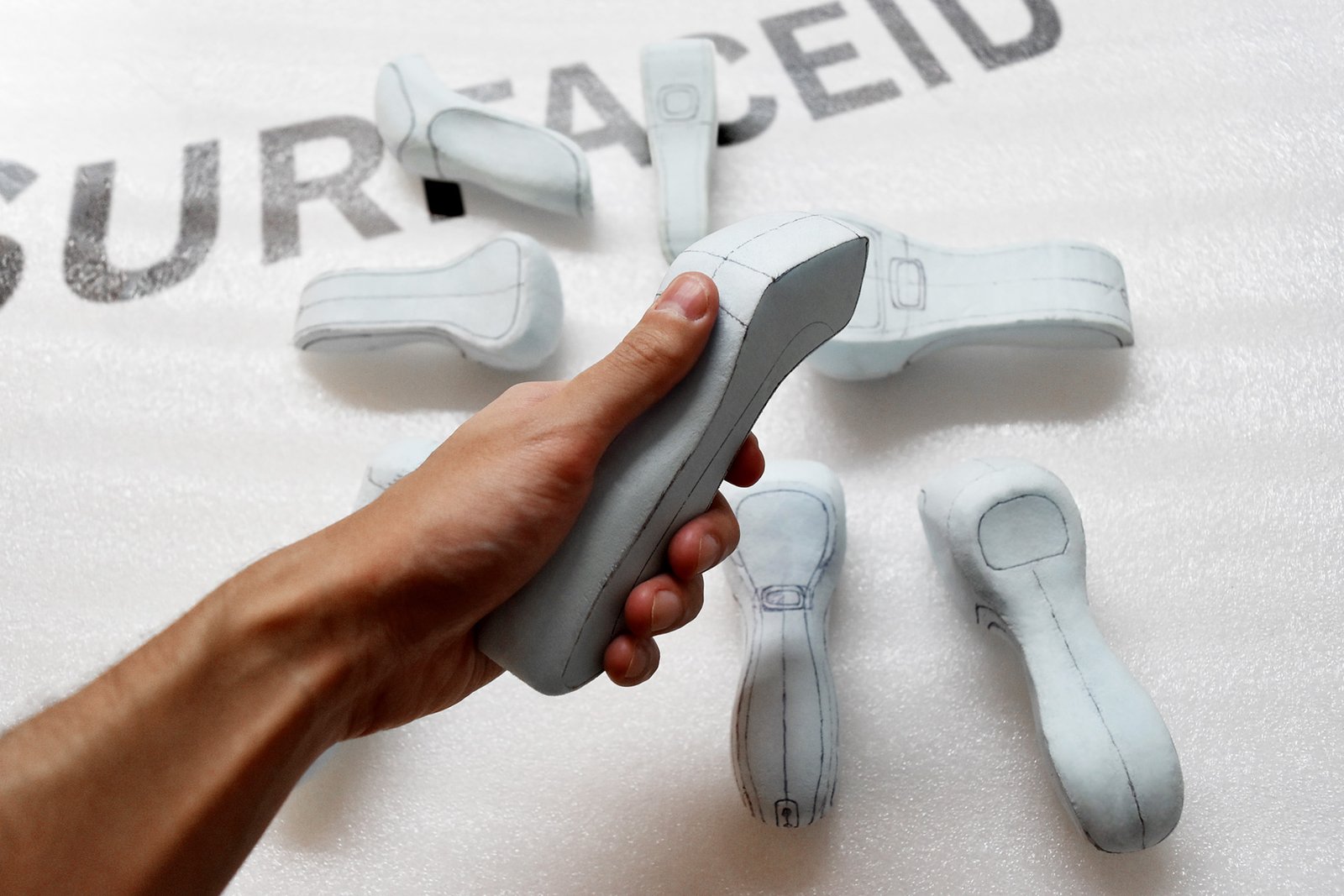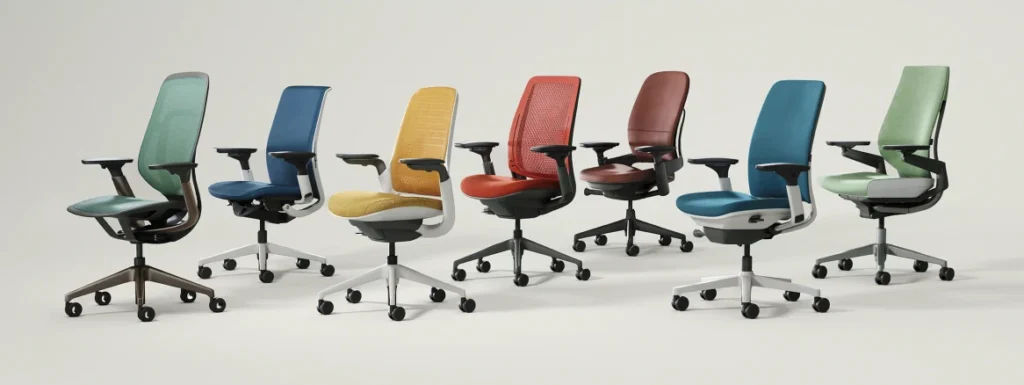The world of industrial design is constantly evolving. While much emphasis has gone into the aesthetic and functional features of products, designers are increasingly conscious about the ways that these products relate to their users. It is at this point that ergonomics, considered as the science of designing products and environments to improve human well-being along with overall system performance, comes into play. Application of ergonomics in product design may bring enormous improvements in user experience, thereby yielding significant gains in productivity. Let us now see how these principles are applied in various fields of industrial design.
Understanding Ergonomics
Ergonomics applies knowledge from anatomy, physiology, and psychology into the design of a product. It involves enhancements in comfort, efficiency, and safety, in addition to reduced fatigue, strain, or injury. Industrial designers must understand how users in their environment will interact with a product, be it an office chair, a kitchen appliance, or anything really!
The user is the central aspect of ergonomic design. Designers go through extended research-questionnaires, interviews, and observational studies to get a glimpse of what users want and like. This makes them fit in real-world applications. Here at SurfaceID, we have carried out a vast amount of ergonomics studies to ensure that our products work at peak performance. An example being Venous-Light, a handheld device for vein-imaging.

SurfaceID’s Venous-Light Ergonomics Study
Comfort and Usability: The first and primary characteristics implemented in designing ergonomic products will always be comfort. These range from office chairs, perhaps with adjustments for lumbar support and seat height, to an open platform that accommodates the many body types of each user to give comfort to employees who must sit for long extended periods. Kitchen tools designed with soft grips and well-weighted balances minimize strains while in use.
Then, there is also ergonomics in the interaction with the products. For instance, intuitive interfaces such as home appliances with a touch screen or layout of controls on remote controller greatly influence how the user will interact with the product. The designer would use principles of ergonomics to position controls to be accessible and understandable with a minimum learning curve or potential for user error.
More Productivity
Smoothening workflows: Ergonomics ensure that the work can be done efficiently. Work stations designed with the employee’s ergonomics in mind manage to cut unnecessary motions, align processes, and eliminate worker fatigue. Adjustable workbenches offer chances for switching between standing and sitting; hence, this promotes comfort and sustains energy levels throughout the day.
Reduced Injury Risk: One of the most valuable benefits of ergonomics to an organization is that work-related injuries are reduced. Indeed, poorly designed tools and environments do have the potential to give employees injuries arising from repetitive strain, which may affect their health and cause absenteeism among employees; this adds to the low productivity of a company. Therefore, prioritizing ergonomics enables companies to make jobs safer and reduce their overall worker compensation costs.
Improvement in Concentration and Productivity: Comfortable and, more importantly, ergonomic work environments ensure that users deliver better concentration and productivity. When they are physically comfortable, they can concentrate a lot more on the tasks at hand. A well-designed office with ergonomic furniture will provide better satisfaction for the employees working there and should result in increased productivity.
Case Studies in Ergonomic Design
A few striking examples of how ergonomic principles were successfully integrated into industrial design are as follows.
Automotive Design: Millions of dollars are invested by automakers to study the features of ergonomics pertaining to comfort within interior car designs that give drivers the feeling of full mastery. Adjustable seating, strategically placed controls, and user-friendly interfaces make driving safer and more pleasant.
Workplace solutions: companies like Herman Miller and Steelcase have staked their claim on ergonomic office furniture. From extensive research into human posture and movement, their chairs and desks support productivity and well-being.

Steelcase Ergonomic Office Chairs
Consumer Electronics: Companies like Apple give much importance to the design issues relating to ergonomics so that the device can be held and handled well. The Iphone’s curved edges and intuitive interface make the device more appealing for users.
Medical Devices: SurfaceID went through an extensive ergonomics study during the design of the Vectra M3. Not only did the seating need to be comfortable for the user, the layout of the device needed to be intuitive for the practitioner and the patient. Understanding the vast variety of needs from different users enabled us to design an accessible and innovative medical device.

Conclusion
Ergonomics is considered one of the most important elements of industrial design, and plays a very important role in user experience and productivity. By focusing attention on what a user needs from a product and then integrating those principles into the design process, industrial designers create products that are functional and pleasing in appearance, and promote comfort and efficiency. As technology and ergonomics continue to evolve, so will the future of industrial design.